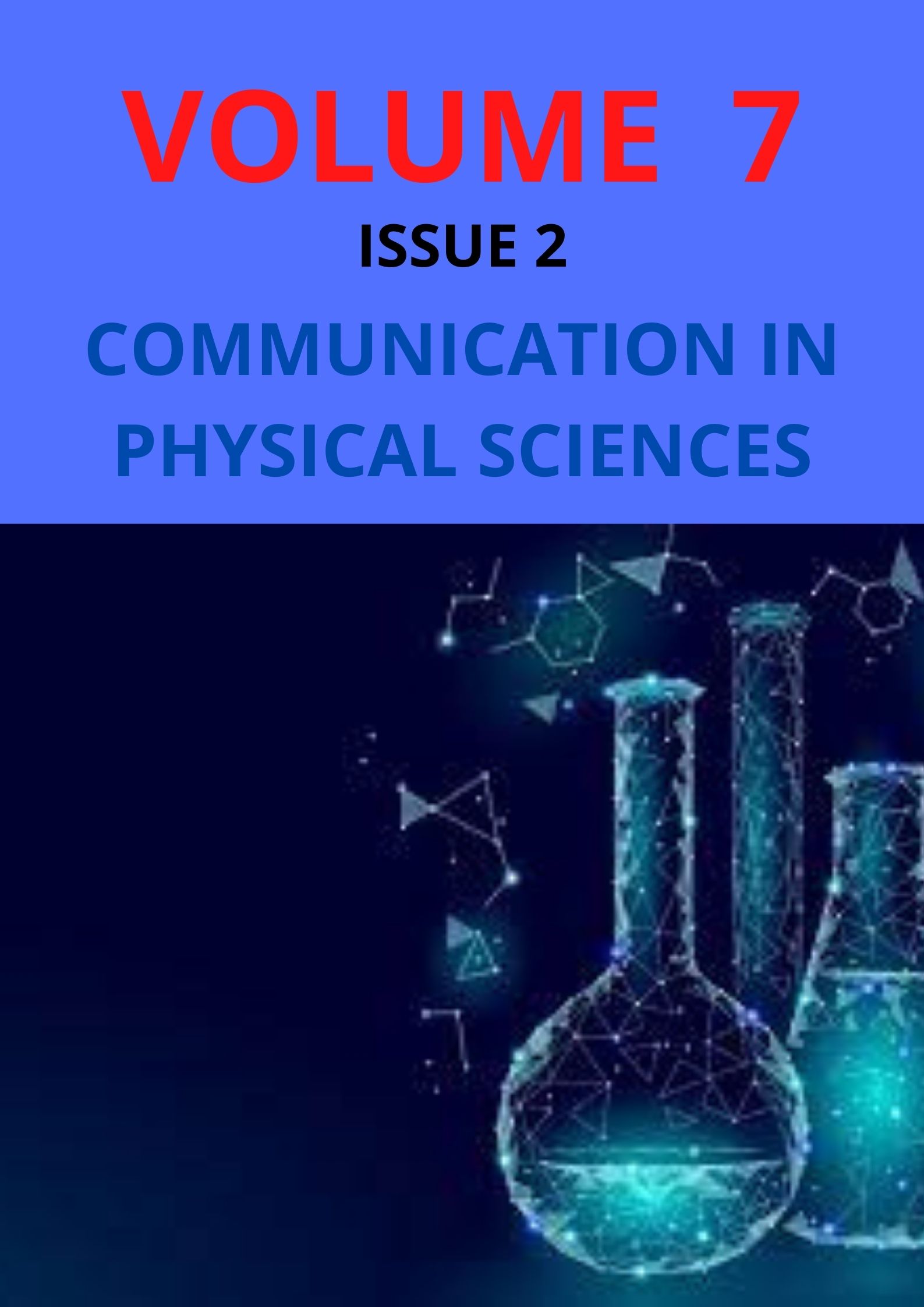Evaluation of Time Complexities of Bayesian Vs Hybridized Word Stemming Techniques for Advanced Fee Fraud Emails Filtering
Keywords:
Time execution, Classification, Spam, Mail, Word stemmingAbstract
Okunade Oluwasogo, Adekunle, Afolorunso Adenrele and Adebayo Adegboyega
Time execution of content-based spam filter was investigated using the Bayesian statistical algorithm against Bayesian statistical algorithm incorporated with a word stemming. The execution time intervals for the algorithms implementation of the two techniques were evaluated by subjecting the filters to manipulated and non-manipulate spam mails. The experiment shown that both single technique (Bayesian) and combined techniques (Bayesian incorporated with word stemming) executed suspicious terms manipulated mails faster (within a short time) compared to non-manipulate suspicious terms mails. Combined algorithms performed better and faster in a sophisticated and manipulated environment. The algorithm is more rugged and performed better when suspicious term/tokens were manipulated to deceit the filter.
Downloads
Published
Issue
Section
Similar Articles
- Florence Omada Ocheme, Hakeem Adewale Sulaimon, Adamu Abubakar Isah, A Deep Neural Network Approach for Cancer Types Classification Using Gene Selection , Communication In Physical Sciences: Vol. 7 No. 4 (2021): VOLUME 7 ISSUE 4
- Ugwuowo, Fidelis Ifeanyi, Use of Discriminant Analysis in Time Series Model Selection , Communication In Physical Sciences: Vol. 3 No. 1 (2018): VOLUME 3 ISSUE 1
- Dahunsi Samuel Adeyemi, Effectiveness of Machine Learning Models in Intrusion Detection Systems: A Systematic Review , Communication In Physical Sciences: Vol. 11 No. 4 (2024): VOLUME 11 ISSUE 4
- Ademilola Olowofela Adeleye, Oluwafemi Clement Adeusi, Aminath Bolaji Bello, Israel Ayooluwa Agbo-Adediran, Intelligent Machine Learning Approaches for Data-Driven Cybersecurity and Advanced Protection , Communication In Physical Sciences: Vol. 7 No. 4 (2021): VOLUME 7 ISSUE 4
- Olumide Oni, Kenechukwu Francis Iloeje, Optimized Fast R-CNN for Automated Parking Space Detection: Evaluating Efficiency with MiniFasterRCNN , Communication In Physical Sciences: Vol. 12 No. 2 (2025): VOLUME 12 ISSUE 2
- Emmanuel Gbenga Dada, David Opeoluwa Oyewola, Stephen Bassi Joseph, Deep Convolutional Neural Network Model for Detection of Sickle Cell Anemia in Peripheral Blood Images , Communication In Physical Sciences: Vol. 8 No. 1 (2022): VOLUME 8 ISSUE 1
- Michael Oladipo Akinsanya, Aminath Bolaji Bello, Oluwafemi Clement Adeusi, A Comprehensive Review of Edge Computing Approaches for Secure and Efficient Data Processing in IoT Networks , Communication In Physical Sciences: Vol. 9 No. 4 (2023): VOLUME 9 ISSUE 4
- Ifiok Dominic Uffia, Ofonimeh Emmanuel Udofia, Christiana Samuel Udofia, Study of Potential Effect and Health Benefits of Soaking Time on the Nutritional Composition and Some Anti-Nutrient Factors in Cowpea (Vigna unguiculata) , Communication In Physical Sciences: Vol. 11 No. 3 (2024): VOLUME 11 ISSUE 3
- Forward Nsama, Strategic Development of AI-Driven Supply Chain Resilience Frameworks for Critical U.S. Sectors , Communication In Physical Sciences: Vol. 12 No. 5 (2025): Vol 12 ISSUE 5
- Nwakobi, Micheal Nnamdi, An Economic Production Quantity model with shortages, a variable lead time and a variable holding cost , Communication In Physical Sciences: Vol. 7 No. 2 (2021): VOLUME 7 ISSUE 2
You may also start an advanced similarity search for this article.




